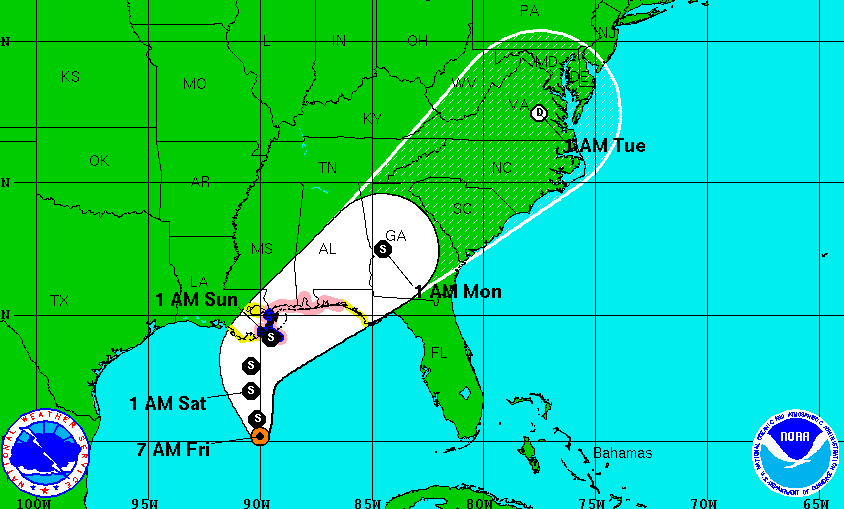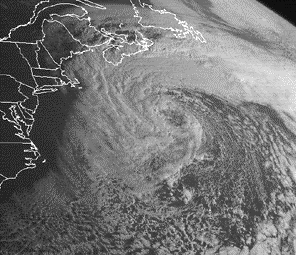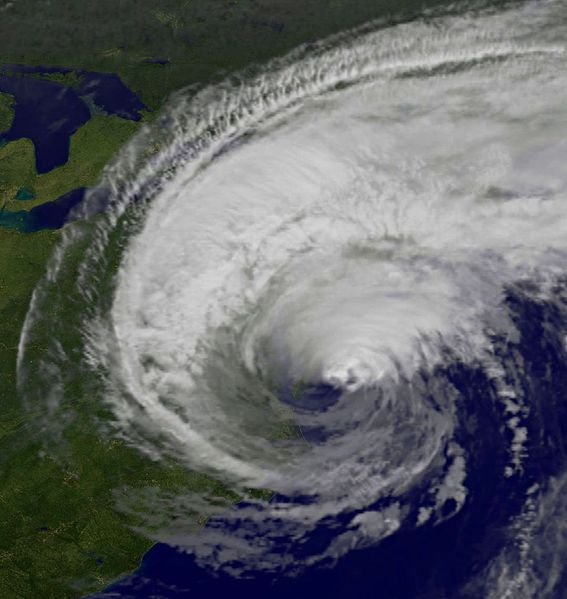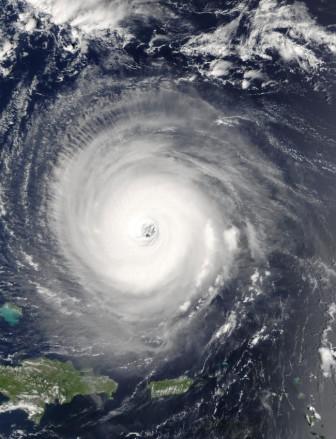Tropical Storm Karen Threatens Gulf Coast
Tropical Storm Karen is poised to be the first named storm of the Atlantic hurricane season to reach the U.S. mainland. The storm is currently churning in the Gulf of Mexico and is expected to make landfall this weekend along the Gulf Coast.
The storm will shift into a tropical depression over land and is forecasted to head in a northeasterly direction. Current forecast models indicate that any impact on Pennsylvania would likely begin early Tuesday in the form of rain and thunderstorms. It would be the first tropical storm system to make it to Pennsylvania since Hurricane/Superstorm Sandy last year. That was also a late-season storm, slamming the Atlantic Coast and sweeping over Pennsylvania in late October of 2012.
The National Weather service says Karen will be a near-hurricane tropical storm when it makes landfall this weekend. Sustained winds were reaching 60 miles per hour early Friday. A storm becomes a hurricane at 74 miles per hour.








